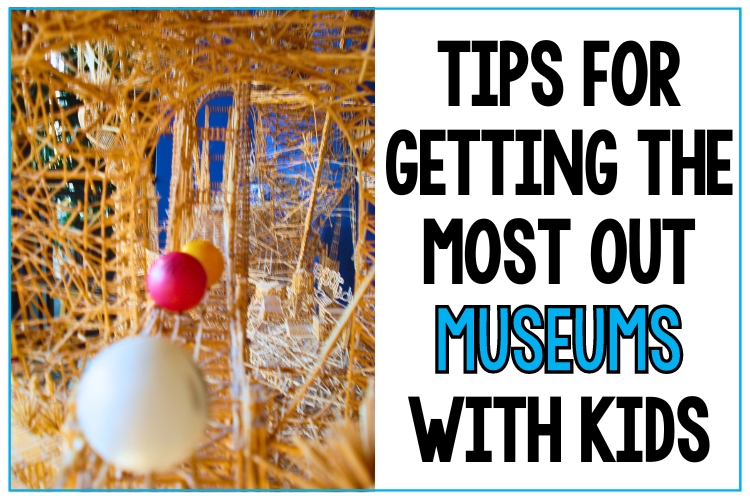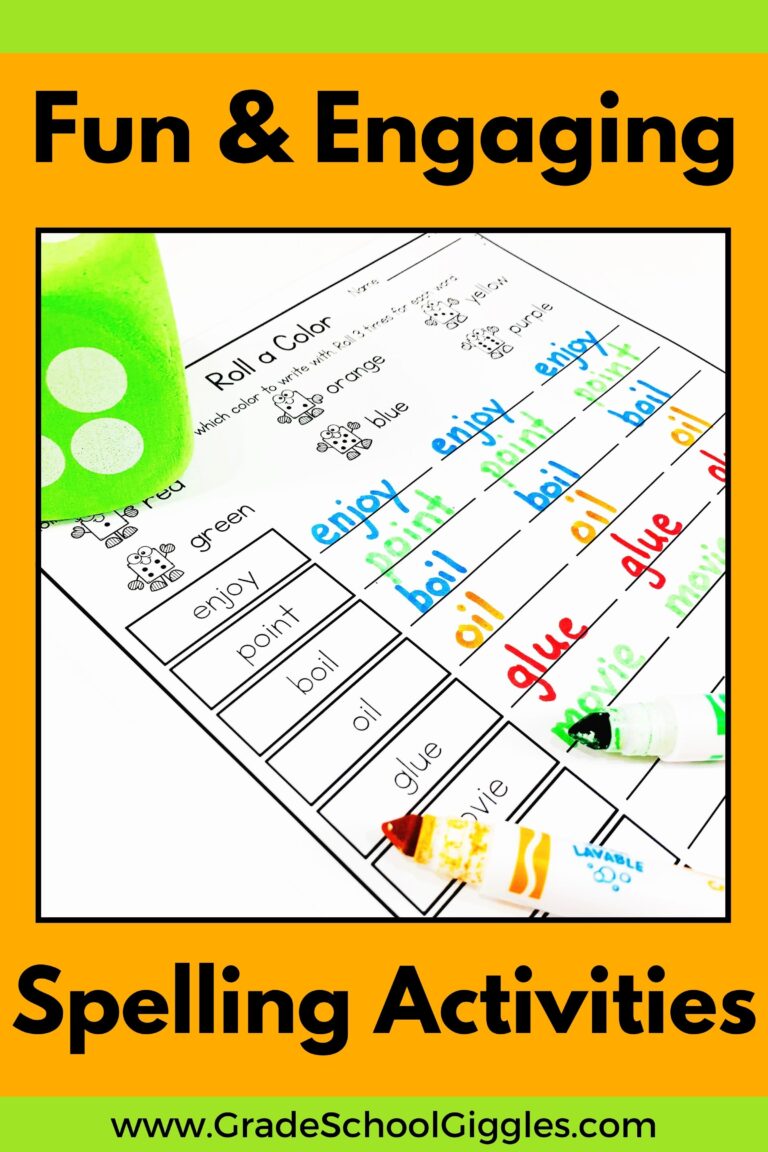Tips to Make the Most of Museums with Young Children
Whether you’re a home educator, classroom teacher, or a parent, you probably know museums can be lots of fun. Let’s be real, though. Having a great day at the museum can take a little planning when you’re bringing kids. So, let’s talk about some of my favorite tips for taking kids to museums.

Virtual Field Trips
Recently, I’ve been seeing a trend towards virtual field trips. Virtual field trips are a great option for exploring cultures and places that are too far away. However, screens can’t compare to the interaction that occurs on an honest-to-goodness, in-real-life field trip. Hands-on exploration can’t be replicated digitally.
Museums: Highlights For Kids
Museums increasingly offer activities specifically designed for kids. Depending on the museum, you might find the following activities…
- Hands-On Play Areas
- Classes and workshops
- Reenactments and living history demonstrations
- Science experiments
- Touch-friendly, interactive exhibits
As a former public school teacher, one of the things I love most about homeschooling is that my kids get to go on so many more field trips than in public school.
When she can explore things and actually physically immerse herself into the learning she engages at a level I don’t otherwise see from her. Plus, she is learning to love museums.
Finding The Right Museums
When I first started teaching, I had mostly experienced museums being like libraries once were. In my mind, museums were places where silence was expected. Since then, I’ve discovered that there are museums for just about everything, and some are not quiet places at all.
Over the last several years, we’ve visited the Kentucky Horse Farm & Museum, COSI, Wonder Works, The Robert C. Williams Paper Museum, and many more.
It’s easy to have a great museum experience if you keep your children’s interests and environmental needs in mind.
For example, my toddler has a hard time keeping quiet and not touching anything at the art museum, but she loved an exhibit we went to where touching the sculptures was encouraged and where the children were given dough and encouraged to try sculpting their own miniature statues.
My older daughter can last longer in a silent, hands-off environment but still prefers museums that offer hands-on activities. For example, we went to a horse museum since my older daughter is currently enamored with horses. The Kentucky Horse Farm has a museum that shows horses throughout history (Trojan Horse, war horses, work horses, breeding, etc.), It also has exhibits on equestrian safety, horse shows, and even offers rides.
When you pick a museum to visit, keep your children’s ages, activity levels, and interests in mind. When I look for a museum to visit with my children, I look for…
- Education value
- Interesting topics
- Hands-on activities
- Children’s programs
- Play areas (at least if we are going for a whole day)
Museums With Kids: Plan Ahead To Avoid Pitfalls
Even at a great museum, perhaps especially at a great museum, there are a few things that can ruin our trip. Planning ahead can help avoid these pitfalls.
- Kids can get hungry.
- Water or climbing activities require clothing we didn’t bring.
- A key activity only runs during certain hours.
Taking the time to look at the museum’s website can save a lot of headaches later. Some things to check for:
- Options and rules for eating
- Visiting and permanent exhibits
- Hours for shows, classes, and exhibits
- Water activities (bring extra clothes including shoes)
- Climbing activities (closed-toe shoes and socks)
- Activities with extra cost (budget for them or set expectations ahead of time)
- Outdoor exhibits (consider sunscreen and bug spray)
- Reciprocal memberships and other membership options or discounts
Another area where a little planning can save a lot of headaches is the car ride. Obviously, you want to make sure you have GPS, a map, or directions, and if you bought tickets ahead of time or have a museum pass, you’ll want to check that you have them too before leaving the house.
I usually have my daughter pack a bag of books and drawing supplies for the car ride. We also take a clipboard with any schoolwork that she can complete independently.
Review Any Expectations With Your Kids
Kids do best when they know exactly what is expected of them. Some museums require quiet, and others are loud and boisterous hubs of activity. Before going inside, take a few minutes to talk about what you’re going to do and what behavior is expected.
Also, explain what to do if you get separated. Show your child a staff uniform and remind them to tell someone from the museum if they get lost. Another quick safety precaution is to snap a picture of your child in case you get separated.
When you check in, ask museum staff for their recommendations on any “can’t miss” exhibits. You don’t want to run out of time right as your child sees something irresistible. Museum staff generally want to share their knowledge, and they’re usually happy to give you suggestions.
Most of all, remember to enjoy the day together and have fun making great memories!






